Rating of the best coffee for cappuccino, latte and flat white for 2025
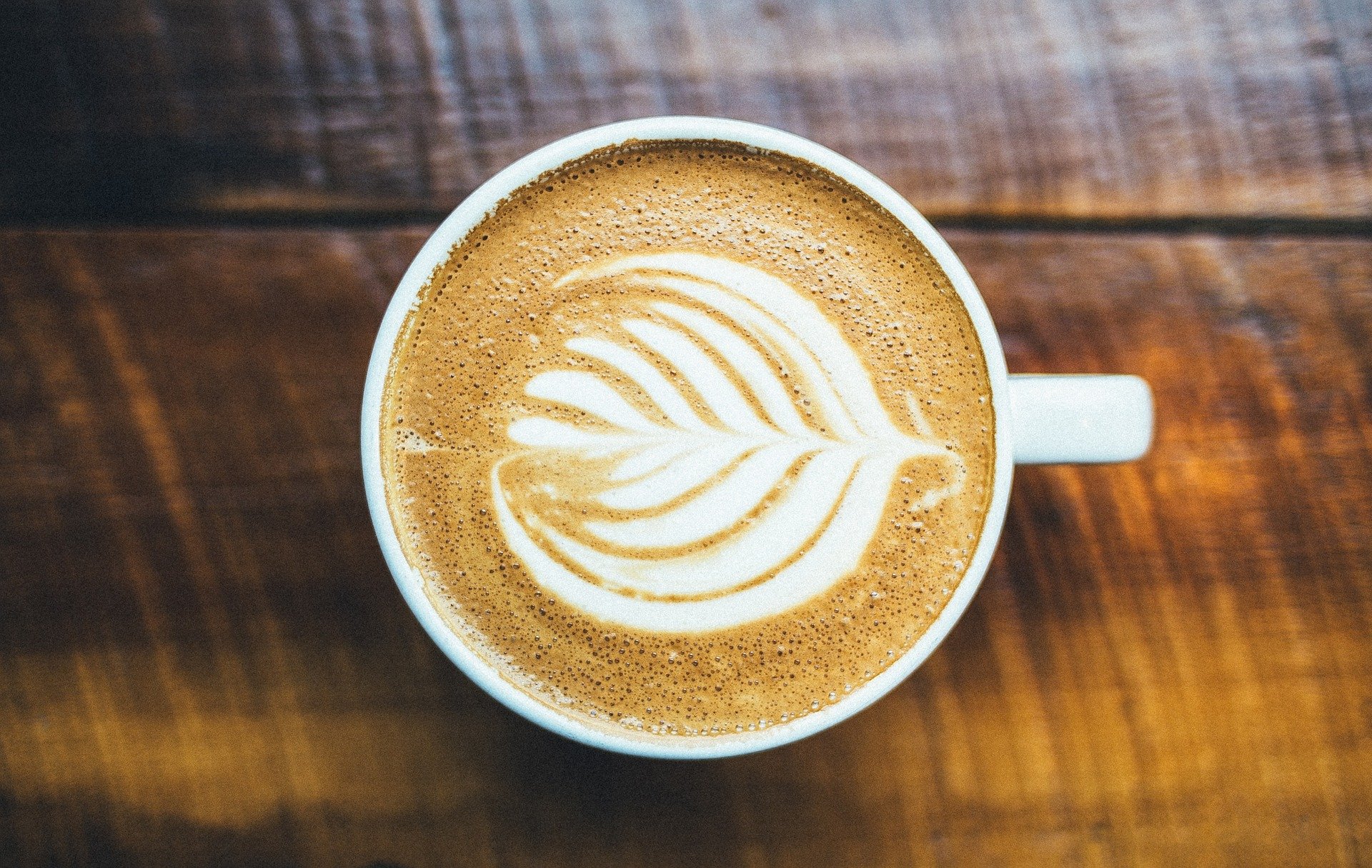
Do you love coffee? This question is rarely answered in the negative. This drink, which has a history of more than 700 years, is popular in all corners of the globe. The number of varieties and types of its preparation is incalculable. Each country has traditions associated with it, cooking secrets that allow you to give a special taste and aroma.
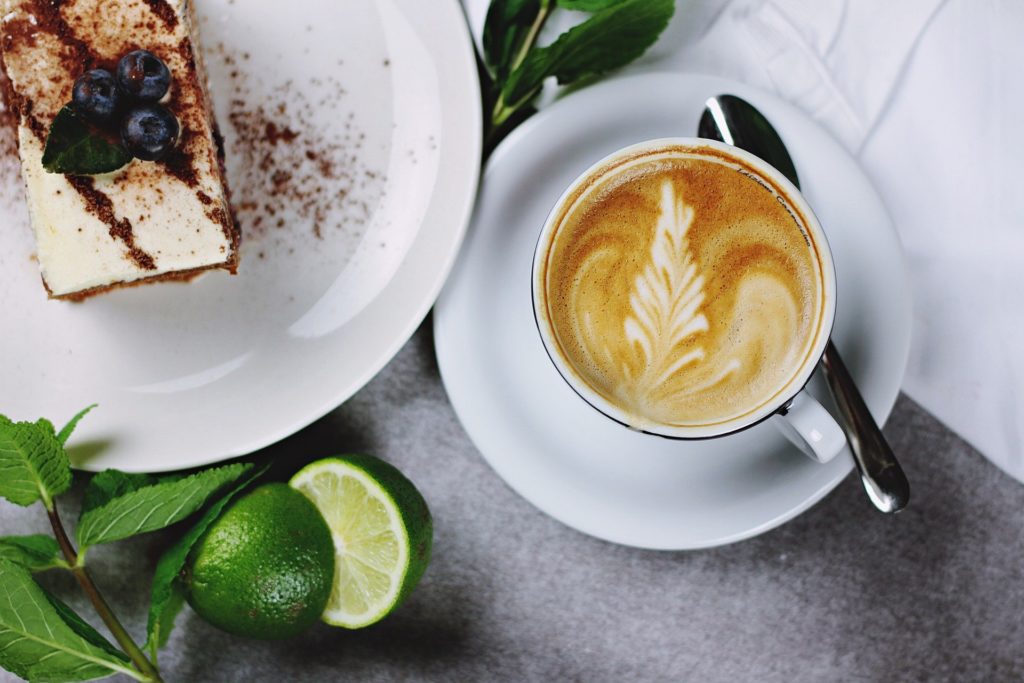
Content [Hide]
- 1 History of coffee
- 2 How to prepare white coffee?
- 3 Cappuccino, latte, flat white... What's the difference?
- 4 How to choose?
- 5 Rating of the best coffee for cappuccino, latte and flat white
History of coffee
And it all started ... with a goat. More precisely, with goats. The most ordinary goats, whose instinct suggested that if there are fruits from a certain tree, then there is more strength, and you can jump higher. And then it was up to the observation of the Ethiopian shepherds, who also decided to try these fruits, mixing them with animal fat. At first, they were popular among nomads who were given strength on long journeys.
Then Sufi monks began to drink a drink from coffee beans. And already in the XV century, along with the spread of Islam in the countries of the East, it became known everywhere and quickly gained popularity. Not the last role in this was played by the ban on alcohol adopted among Muslims. Coffee acted as an alternative to wine, since religion did not prohibit it, and the tonic effect on the body became an excellent substitute for intoxication.
Gradually, from the countries of the East, coffee spread throughout the world. This process was inevitable, despite the strict bans on the export of grains to other countries that existed at that time, since its popularity attracted the eyes of everyone, including smugglers. It was thanks to them that plantations appeared first in India, then in Suriname, Guyana, Brazil ...
In European countries and in the United States, coffee houses began to open, which instantly gained popularity among the population.The turnover of coffee in the total volume of world trade is currently in second place after oil.
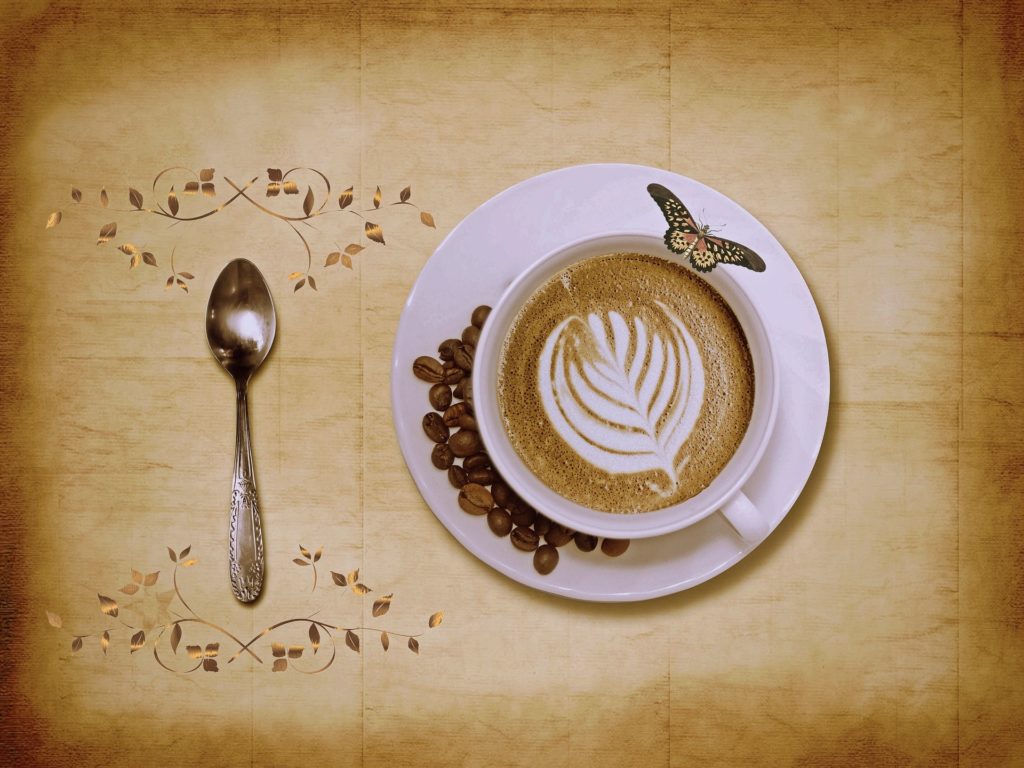
Interesting Facts
For centuries, this drink has been comprehensively studied by both doctors and scientists from other branches of science, and they have collected many interesting facts about it:
- caffeine in small doses is beneficial, in large doses it is harmful, and to use it in a lethal dose, you need to drink about 100 cups;
- to achieve an optimal tonic effect, about 500 mg of natural coffee per day is enough for a healthy adult;
- the most caffeine is in light roasted beans, especially if it is robusta, in which its content is 2%, twice as much as in arabica coffee;
- the amount of caffeine is easy to determine by taste: the more bitter it turned out, the more it will invigorate, too much of it can cause hallucinations, but in small quantities it can bring additional benefits by enhancing the effect on the body of a number of painkillers (paracetamol, aspirin, etc.) .);
- it is better to brew coffee in water, the temperature of which is very close to boiling - 95-98 degrees, but not in boiling water;
- the shelf life of unroasted grains is about a year, after roasting they begin to lose their positive qualities after two days;
- depending on the variety, the number of aromatic compounds can reach 800, various antioxidants - 300, and the number of various chemical compounds and substances can exceed 1200 species;
- drinking coffee contributes to the rapid burning of fat during intense physical exertion (and therefore, when drinking more than 5 cups, athletes may have problems with the International Olympic Committee regarding doping), and coffee itself (without additives in the form of milk, sugar, etc.) in general calories does not contain;
- initially there was only natural coffee, and instant coffee is already the contribution of Europeans, it was invented by a native of Belgium, George Washington in 1906;
- the record-breaking country for consumption is Finland, for each inhabitant there are 12 kg of grains per year.
Coffee prices vary widely. The most expensive and exotic is kopi luwak, made from grains mined in an original way: they are taken from the excrement of the palm marten - musanga, washed and dried. It is not known who and when thought of this method of cooking, but at present it is considered the most refined, and its price reaches $ 1,200 per kilogram.
How to prepare white coffee?
Black coffee is a well-known classic of the genre. But recently, a section with white coffee may come across on the menu. And all of the species listed above are just among the white ones. If you delve into the question in more detail, then it will turn out to be nothing more than a drink familiar to everyone since childhood with the addition of milk. But the methods of preparation and the proportions of the main components will differ, which, in fact, led to the appearance of so many of its types.
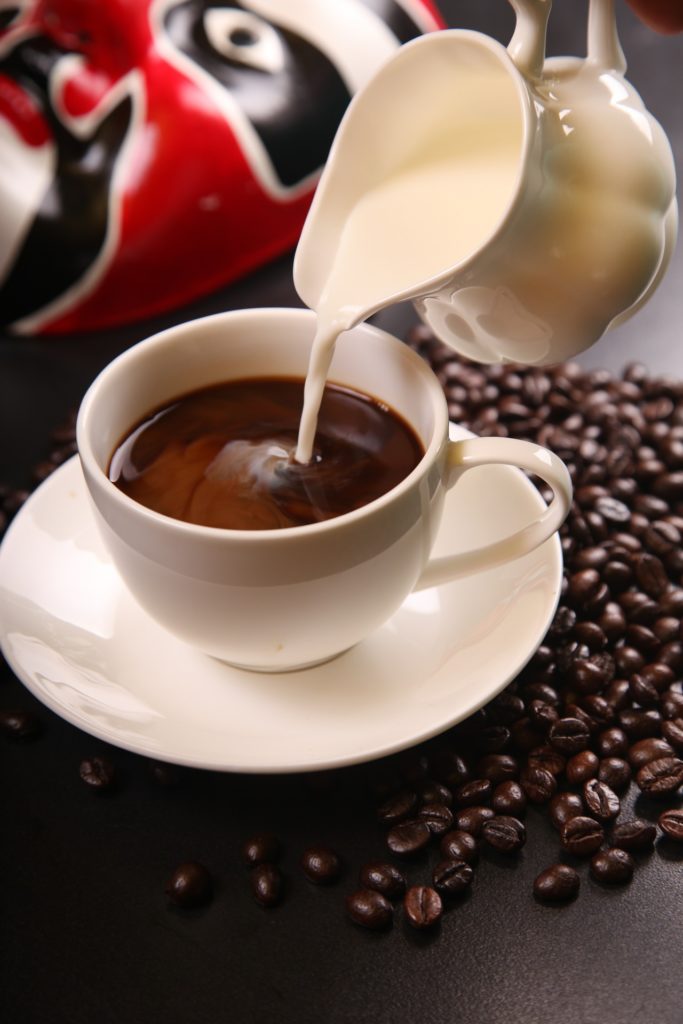
Cappuccino, latte and flat uyat are based on espresso coffee, usually prepared using a coffee machine. When choosing milk, it is necessary to take into account its fat content.You can also get beautiful bubble foam when using skim milk, as it requires milk protein, not fat. But the taste will be somewhat worse, and the texture will turn out to be more liquid. Therefore, the best option is normalized milk with a fat content of 3.5%.
It is also necessary to pay attention to the temperature of the added milk. To get the perfect taste, you will have to give up the possibility of getting a piping hot drink, since the temperature of the milk should not exceed 68 degrees. Stronger heating or boiling destroys the milk protein, which is the basis of the taste, the aroma also undergoes changes not for the better.
Cappuccino, latte, flat white... What's the difference?
Cappuccino, latte and flat white are classic cooking options and differ in the proportions of their main components:
- cappuccino: 33% espresso, 67% milk;
- latte: 15% espresso, 85% milk;
- flat white: 40% espresso, 60% milk.
But they also have other differences. Cappuccino originates from Vienna, where it appeared in the 19th century, and its name is associated with the color of the cassock of the Capuchin monks, which the brewed coffee looked like.
But the history of the origin of latte is not so transparent. The Italians claim their authorship, since latte is Italian for “milk”, and when ordering in a cafe, a misunderstanding can easily occur when ordinary milk is brought to the visitor instead of the expected drink. The French dispute this fact, as do the Austrians, who mainly rest on the fact that their capital Vienna became the ancestor of the tradition of mixing coffee and milk.
There is also a dispute about the place of origin of the flat white, but it is no longer European states that are participating in it, but Australia and New Zealand. It is stronger than the classic latte, the foam on it lies in a relatively thin layer, which allows professional baristas to demonstrate the art of latte art.
How to choose?
Currently, a huge assortment of types and varieties of coffee can be found on sale. In order not to get lost in this variety and choose the best option, you should focus on several parameters.
First you need to decide on one of three options:
- grain;
- ground;
- soluble.
When choosing grain coffee, first of all, you should pay attention to the composition of the grain. It can be either 100% Arabica or a combination of Arabica and Robusta. The first has a more intense and rich taste, the second option contains more caffeine and is more invigorating.
The degree of roast can be determined by the numbers on the package, from 1 (lightest) to 5 (extreme roast). The harder the coffee is roasted, the more aromatic it will be, but it will also be much more bitter than using lightly roasted beans. From the moment of roasting, no more than six months should pass, ideally this period should be about 1.5 months.
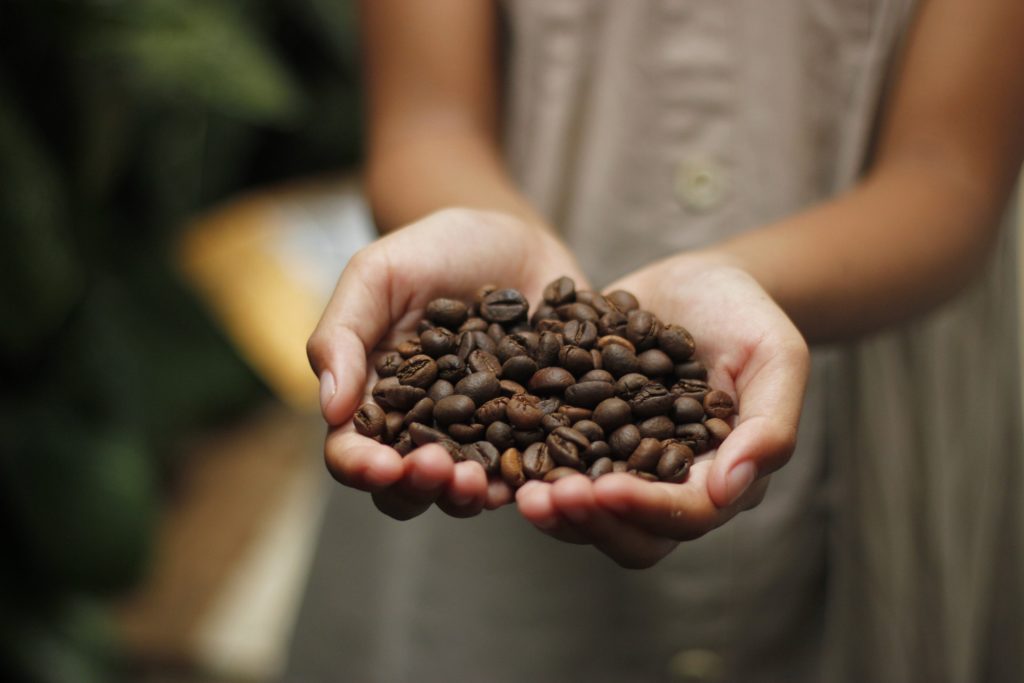
The second selection criterion is the way the drink will be prepared. It can be either a traditional Turk or an espresso machine that has also almost become traditional, or a number of alternative options: an aeropress, a pour over, a French press, a drip coffee maker or a Chemex.
For each of the listed types of preparation, you can select the optimally suitable grains and type of grinding, which is mandatory indicated in the instructions for use for each unit (for example, the largest grinding is required for a French press, and the finest for an espresso machine). This must be taken into account both when preparing ground coffee from beans on your own, and when choosing a ready-made option in a store. Also, instructions often contain a step-by-step cooking scheme.
If you are not sure what kind of grind you need, it is best to buy a medium one, which is the most versatile.
The main disadvantage of ground coffee is the rapid loss of taste and aroma after opening the package. In addition, it is often possible to find various flavors in its composition, so when buying this product, you must carefully study its composition.
Instant coffee is extremely popular, primarily because of the speed and convenience of its preparation in almost any conditions. It can be sold in granular or freeze-dried form.
To produce a granulated product, the coffee concentrate is dried under high pressure, after which it is further flavored. A freeze-dried drink is dried coffee grounds that have been quickly frozen at the lowest possible temperature in order to remove any remaining moisture from it. The resulting mass is subsequently crushed and essential oils are added to it.
Rating of the best coffee for cappuccino, latte and flat white
The list is based on the most popular types that are in demand on the Yandex Market Internet trading platform and have positive customer reviews.
Rating of the best coffee beans
Movenpick Latte Art
votes 0
The average price is 1050 rubles. for 1000
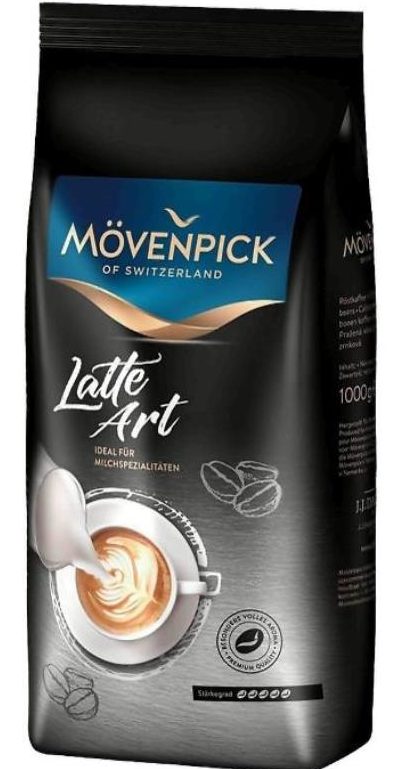
A 100% Arabica bean product from a renowned Swiss brand owned by Nestle. The production is located in Germany, and it conducts strict multi-stage quality control at each stage of production. The experience of the company, more than a century and a half, allows you to create an excellent drink in accordance with the best traditions.
- specially designed for mixing with milk;
- when prepared without milk, a very tasty strong espresso is obtained;
- rich rich taste due to strong roasting;
- gentle, but stable and strong foam.
- not detected.
Cappuccino (Cappuccino)
votes 0
The average price is 231 rubles. for 150 g.
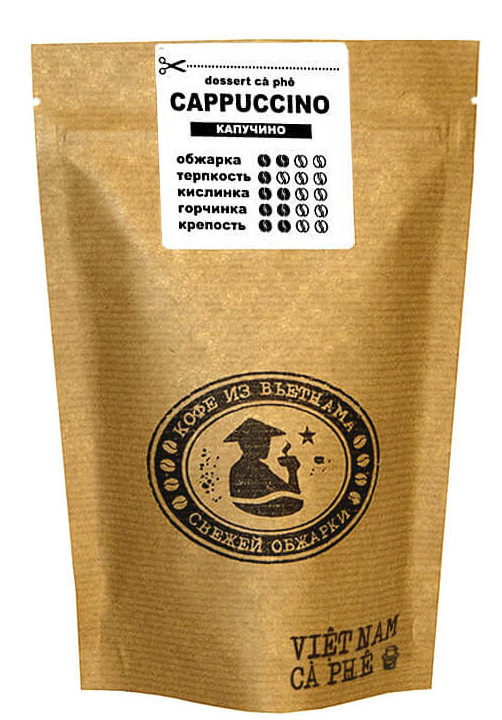
This Vietnamese product is one of the most popular for making cappuccino. It consists of 70% Arabica and 30% Robusta, which provides an excellent tonic effect. Raw materials for its production are supplied from the Vietnamese provinces of Lam Dong and Son La, located at an altitude of more than 1400 meters above sea level.
- bright, rich taste with hints of chocolate, nuts and creamy notes;
- pleasant aroma;
- affordable cost.
- contains fragrances;
- not suitable for preparation in coffee machines.
Empire Tea Latte Macchiato
votes 0
The average price is 350 rubles. for 250 g.
The product from the domestic company Empire of Tea is produced with French roasting, in which the grains are heated to 240 degrees. This allows you to prepare from them a fairly strong drink with a dense, pleasant texture and rich taste.
- goods of Russian production;
- good taste;
- optimal packaging.
- unattractive packaging design;
- contains fragrances.
Madeo Cappuccino
votes 0
The average price is 569 rubles. for 200
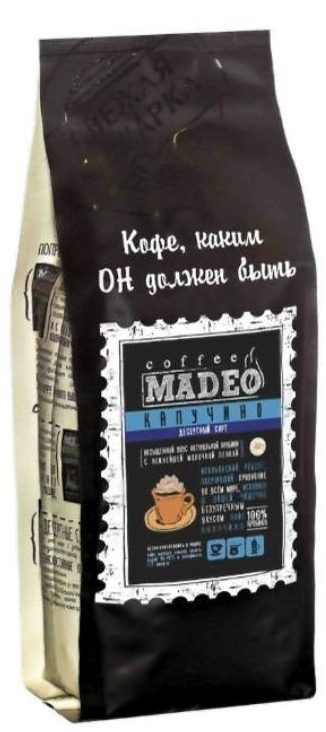
The product from a Russian manufacturer has a milky taste with a slight sourness and slight bitterness, which makes it ideal for cooking in combination with milk. Produced from 100% medium roasted Arabica beans.
- excellent aroma;
- rich taste;
- convenient packaging: 200 or 500 g.
- contains fragrances.
Vietdel Cappuccino
votes 0
The average price is 1056 rubles. for 500 g.
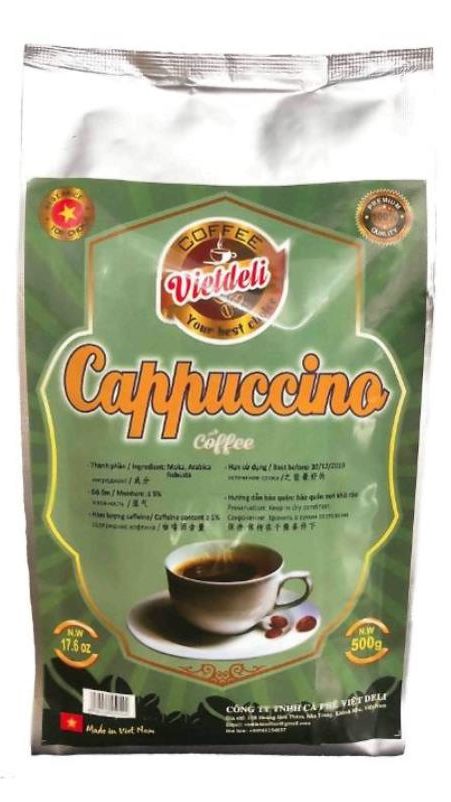
This Vietnamese-made product has already gained popularity in its homeland, and in recent years it has been gaining more and more fans in Russia. It has a rather complex composition: it is based on Arabica, to which Robusta and Mocha are added. The caffeine content is about 1%.
- excellent taste and aroma;
- the reliable vacuum packing protecting grains from exhalation.
- high price;
- hard to find in stores.
Rating of the best instant coffee
Aristocrat Cappuccino
votes 1
The average price is 156 rubles. for 300 g.
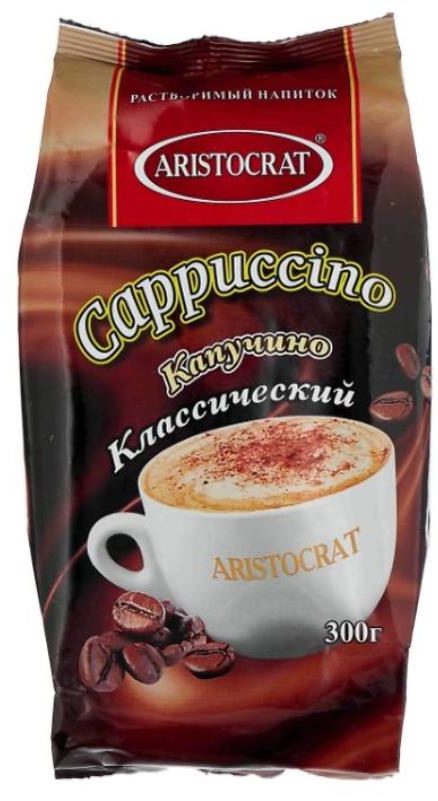
A product from a Russian manufacturer in soft packaging and convenient packaging of 300 grams. It has a wide palette of flavors: classic, vanilla, chocolate, amaretto.
- ease of preparation;
- affordable price;
- products of a domestic manufacturer.
- the taste is not bitter enough, more like cocoa;
- the composition contains dyes, flavors, coconut oil, anti-caking agent.
Latte French Vanilla
votes 0
The average price is 765 rubles. for 200
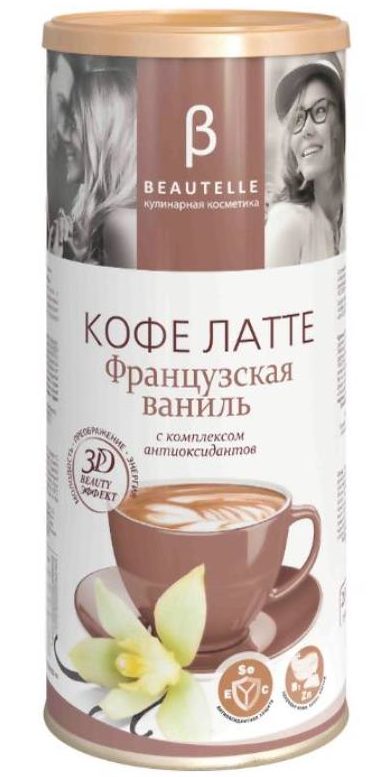
Another Russian-made product that is popular among fans of instant drinks. It contains a range of vitamins, minerals and trace elements, including the source of selenium lalmine and zinc citrate, which provide a powerful antioxidant effect.
- rejuvenating effect on the body;
- improving the condition of the skin and hair;
- neutralization of free radicals;
- strengthening immunity.
- insufficiently bright taste;
- high consumption;
- high price.
Nescafe Cappuccino with milk and sugar
votes 1
The average price is 410 rubles. for 225

The product from one of the most famous manufacturers is very popular and in steady demand. Many years of experience determines the high quality control of products at all stages of its production. The raw material comes from Colombia.
- good taste qualities;
- thick firm foam.
- contains flavors and stabilizers;
- rarely found in stores.
HEARTS Cappuccino Amaretto
votes 0
The average price is 650 rubles. for 1 kg.
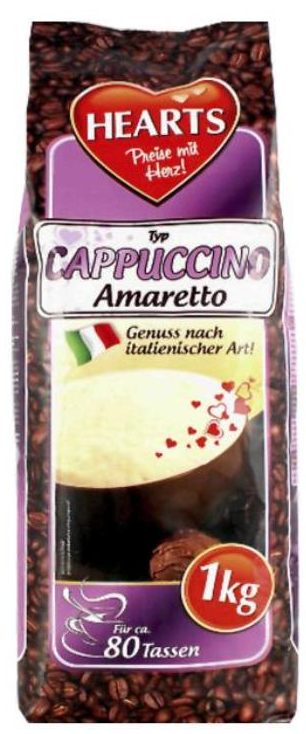
The product from the German manufacturer TSI GmbH & Co with the exquisite taste of Amaretto liqueur is packaged in a reliable sealed bag of multi-layer foil, which protects it from loss of taste and smell. Large economical packaging at an affordable price makes the purchase even more enjoyable.
- rich taste and aroma;
- thick texture;
- high strong velvety foam.
- contains flavors, stabilizers and emulsifiers;
- rarely found on sale.
Bellarom Cappuccino Vanilla
votes 0
The average price is 500 rubles. for 200

Instant cappuccino with vanilla flavor from the German company Bellarom is made from selected Arabica beans, which are distinguished by high quality roasting. The goods are made under strict quality control and are packed into a tin can.
- pleasant, rich taste and aroma;
- thick foam;
- strong enough;
- made without added sugar.
- wasteful consumption;
- high price.
Rating of the best capsules for coffee machines
Nescafe Dolce Gusto Cappuccino
votes 0
The average price is 889 rubles. for 48 capsules.

To prepare the drink, you need to use two capsules, one of which contains natural roasted coffee, and the second contains whole milk powder. A mixture of Robusta and Arabica gives the necessary strength, and the features of cooking in a machine provide a strong elastic foam and an attractive appearance.
- classic balanced taste;
- rich aroma;
- long shelf life - 2 years.
- milk may not dissolve completely;
- high price;
- only suitable for capsule coffee machines.
MUST Cappuccino
votes 0
The average price is 259 rubles. for 10 capsules.

One capsule of this moderately strong drink, made from medium roast beans, contains both milk and coffee. A special technology for creating high-quality vacuum packaging prevents individual components from interacting with each other, which may lead to a change in their properties or taste characteristics.
- delicate taste;
- ease of preparation.
- only suitable for the Nespresso Original system;
- insufficiently pronounced taste and aroma in comparison with traditionally brewed coffee.
Absolut capsules Latte Macchiato
votes 0
The average price is 686 rubles.for 32 capsules.

For preparation, two capsules are needed: one with fried grains of the finest grinding, weighing 6 grams, and the second with whole milk powder, weighing 15 grams.
- pleasant mild taste;
- fits standard Dolce Gusto capsule machines;
- goods of a domestic manufacturer;
- economical cost.
- unstable foam;
- sometimes defective leaking capsules come across.
Dolce Gusto Latte Macchiato with caramel flavor
votes 0
The average price is 350 rubles. for 8 capsules.

A Spanish-made product with a pronounced caramel flavor, suitable for preparation in standard capsule machines. Differs in an average degree of a fortress.
- soft, bright taste;
- rich aroma.
- the taste of coffee is weakly expressed, it is interrupted by shades of milk and caramel;
- contains non-natural ingredients: flavors, stabilizers, etc.
Tassimo Jacobs Latte Macchiato Caramel
votes 0
The average price is 399 rubles. for 8 capsules.

Medium-roasted ground grains and whole milk packed in liquid form provide this fairly strong and invigorating drink with a wonderful taste and aroma. An additional guarantee of quality is the high reputation of the manufacturer, which has long established itself in the market on the positive side.
- natural liquid milk;
- good taste and aroma.
- mild foam;
- only suitable for Tassimo coffee machines.
The choice of raw materials for "white coffee" is quite large, the choice should be made based on your taste preferences and brewing method.
new entries
Categories
Useful
Popular Articles
-

Top ranking of the best and cheapest scooters up to 50cc in 2025
Views: 131650 -

Rating of the best soundproofing materials for an apartment in 2025
Views: 127689 -

Rating of cheap analogues of expensive medicines for flu and colds for 2025
Views: 124518 -

The best men's sneakers in 2025
Views: 124031 -

The Best Complex Vitamins in 2025
Views: 121938 -

Top ranking of the best smartwatches 2025 - price-quality ratio
Views: 114979 -

The best paint for gray hair - top rating 2025
Views: 113394 -

Ranking of the best wood paints for interior work in 2025
Views: 110318 -

Rating of the best spinning reels in 2025
Views: 105328 -

Ranking of the best sex dolls for men for 2025
Views: 104365 -

Ranking of the best action cameras from China in 2025
Views: 102215 -

The most effective calcium preparations for adults and children in 2025
Views: 102011









